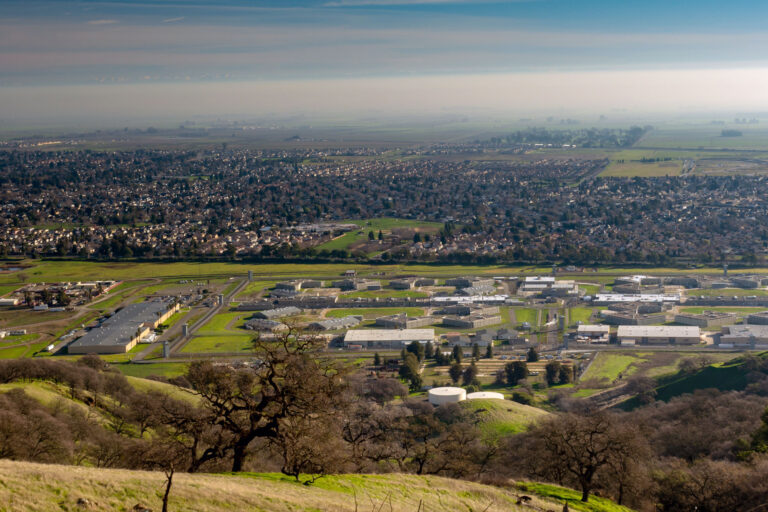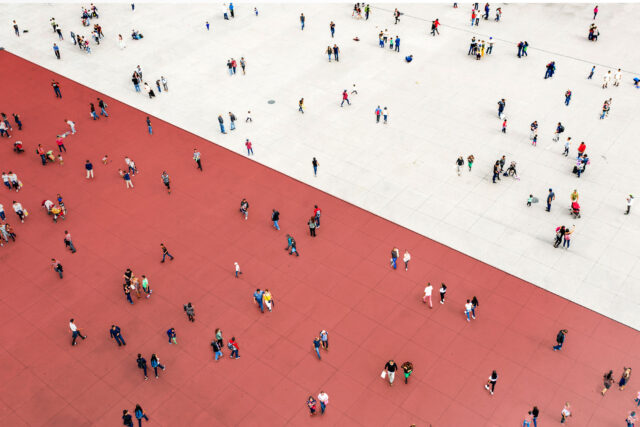In the recent once-a-decade redrawing of state legislative and congressional districts, California joined 12 other states in counting state prisoners as residents of their last known address, rather than as residents of prisons. This change began as a 2011 request from the state legislature to the state’s independent redistricting commission, and it has recently been codified in law.
Counting prisoners this way does not affect individual electoral contests—since prisoners cannot vote—but rather where the districts get drawn in the first place. Because areas with more people get more representation, counting prisoners as members of their home communities aims to prevent communities with a disproportionate share of incarcerated citizens from losing representation to the communities where prisons are located.
Until 2021, prisoners had been counted as residents of their prisons. Critics refer to this practice as “prison gerrymandering” because whiter and more rural areas with prisons stand to gain representation at the expense of the more urban and racially diverse areas where the prisoners lived before being incarcerated.
Indeed, prisons are largely located in rural districts with disproportionately white populations, whereas the prisoners they house are more likely to be people of color. Relative to state averages, African Americans are vastly overrepresented in the prison population (28% of prisoners vs. 5% of California’s population), as are Latinos to a lesser extent (45% vs. 39%), while whites are significantly underrepresented (20% vs. 35%). Moreover, three in ten prisoners hail from Los Angeles County, but comparatively few prisoners are incarcerated there.
Despite these clear demographic and geographic differences, reallocating prisoners produced mostly small population shifts. Among congressional districts, the average population gain was 0.34% and the average decline was 0.84%. For comparison, the shifts due to ordinary redistricting processes are far larger. Just prior to redistricting, the old congressional districts deviated from each other by several percentage points in most cases, and up to 7% at the high end.
No district saw substantial population gains, but some experienced big population losses after reallocating prisoners. The largest change occurred in the San Joaquin Valley’s 22nd congressional district. Home to six prisons, it saw 4 percent of its residents—over 30,000 people—reallocated to other districts. Though the 22nd is highly diverse and majority Latino, the reallocated prisoners, 25% of whom are Black, shifted the racial dynamics of the district, which is just 6% African American.
The shifts were similar for state senate and assembly districts, if not quite as large. Senate District 16 lost 3.2% of its present residents to reallocation, and Assembly Districts 35 and 36 lost about 3.1%; all are located in the same general region of the state as Congressional District 22, as shown in the maps below.
By counting prisoners as members of their home communities, California lawmakers and the redistricting commission have tried to make representation more equitable across the state. Counting prisoners differently has restructured decisions about where district lines are drawn and the amount of representation afforded to each part of the state. Though the effects are small, communities with large numbers of residents who have been sent to prison now do not lose representation to the few communities in which the prisons are located.







